Minds On
Forests

- How important are forests to people?
- What do you already know about forest habitats?
Consider the previous questions as you complete the following sorting activity.
You may have noticed that all of the statements about forests in the previous sorting activity are true!
Forests are an important part of people’s lives. Even when people do not live in or near a forest, they still have some sort of connection to forested land.
Action
Global connection
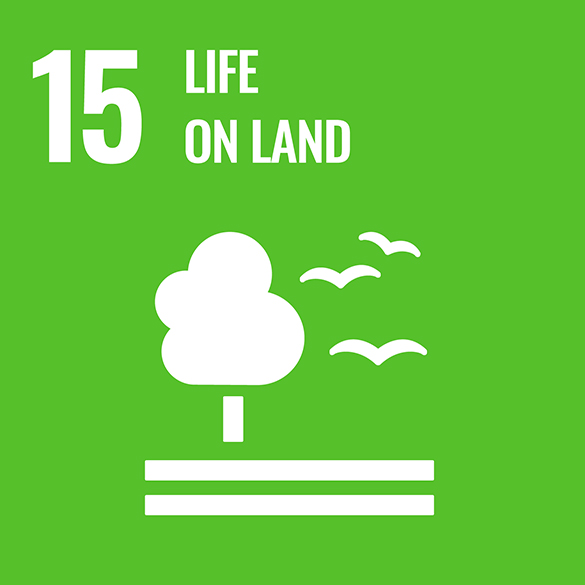
The United Nations (UN) is a group of many countries from around the world that have come together to create a better future for people and the environment. They have created 17 goals called the Sustainable Development Goals.
This learning activity is connected to Goal #15: Life on Land. This means everyone should help protect earth’s ecosystem. An ecosystem is an area where plants and animals interact with non-living things like soil or water.
To learn more about all of the UN Sustainable Development Goals and why they were created, press the following tab to access the video called “The World’s Largest Lesson”.
Forest helpers around the world
Wangari Maathai was a Kenyan environmental activist and the first woman from Africa to win the Nobel Peace Prize.

Wangari Maathai holding a young tree ready to be planted in a hole. She is standing in a large field with a pile of dirt, shovel and watering can nearby.
Maathai grew up in the heavily forested areas of Kenya’s central highlands, but later moved to more urban settings with her family and eventually to attend university in the United States. As a young girl who grew up in Kenya, she adored the forests in her village.
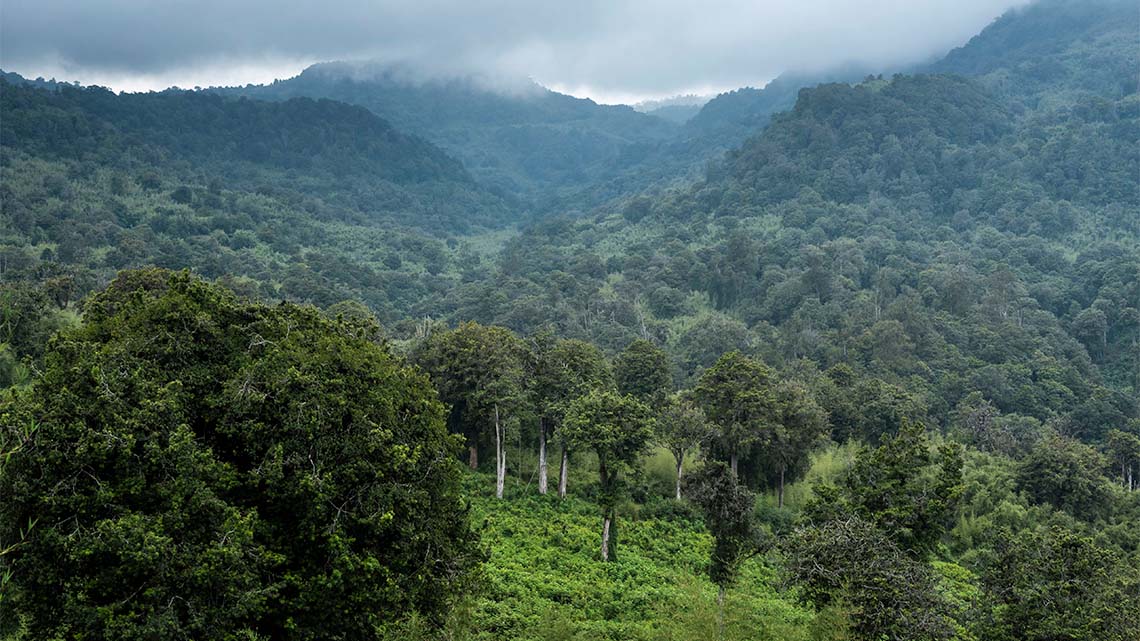
Upon returning to Kenya, she saw that many of the trees in the central highlands where she spent her childhood had been cut down. Wangari decided that her forests were too valuable, so she began planting trees.
Wangari instructed other women in her village to plant trees and eventually developed an environmental conservation organization known as the Green Belt Movement. The organization empowers communities to conserve forests and improve the livelihood of those who live near them.
Environmental conservation is the practice of protecting natural environments from the harm caused by human activity. It can be performed by individuals, groups, or special organizations – such as the Green Belt Movement organization in Kenya!
In the upcoming research task, you will be learning more about the Green Belt Movement organization created by Wangari Maathai. As part of the Scientific Research Process, you will be engaging in the following important steps: Learn and Record.
Scientific research process
Check out this video to learn about the steps of the Scientific Research Process.
Researching the Green Belt Movement
Founded in 1977, the Green Belt Movement – also known just as GBM–has expanded their mission and currently address a range of different social and political issues in addition to their original focus on environmental conservation. Explore the following accordion tabs to learn more about the GBMs’ four main areas of activism:
In order to improve farming practices that have been damaged by drought, GBM helps communities restore their damaged watersheds (which are areas where rainwater gathers and then drains into the water system).
Check out the following video clip to learn more about how GBM helps communities to harvest water:
The organization also runs several tree nurseries in local communities where the harvested water can be used in the planting and growing process. Once the seeds have sprouted and turned into seedlings at the nursery, GBM volunteers will relocate the seedling to the reforestation sites.
Explore the following video clip to learn more about this process:
GBM works closely with other climate-changed focused organizations and committees, as well as the Government of Kenya. The organization helps to spread awareness about the local impacts of climate change, and they run a special program for communities to learn more about how they can defend against the effects of climate change.
Access this following video clip to explore more about how GBM works to address climate change:
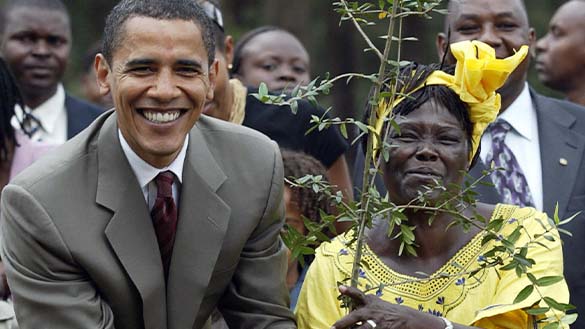
The activism work of GBM founder Wangari Maathai became well-known around the world, and helped the organization build strong relationships with other organizations, policy makers, and government agencies.
From the beginning of the organization’s journey, GBM has involved local women in the decision-making process for different programs and campaigns. GBM’s Community Empowerment and Engagement program centres women’s voices and promotes their active involvement in the organizations many different activities.
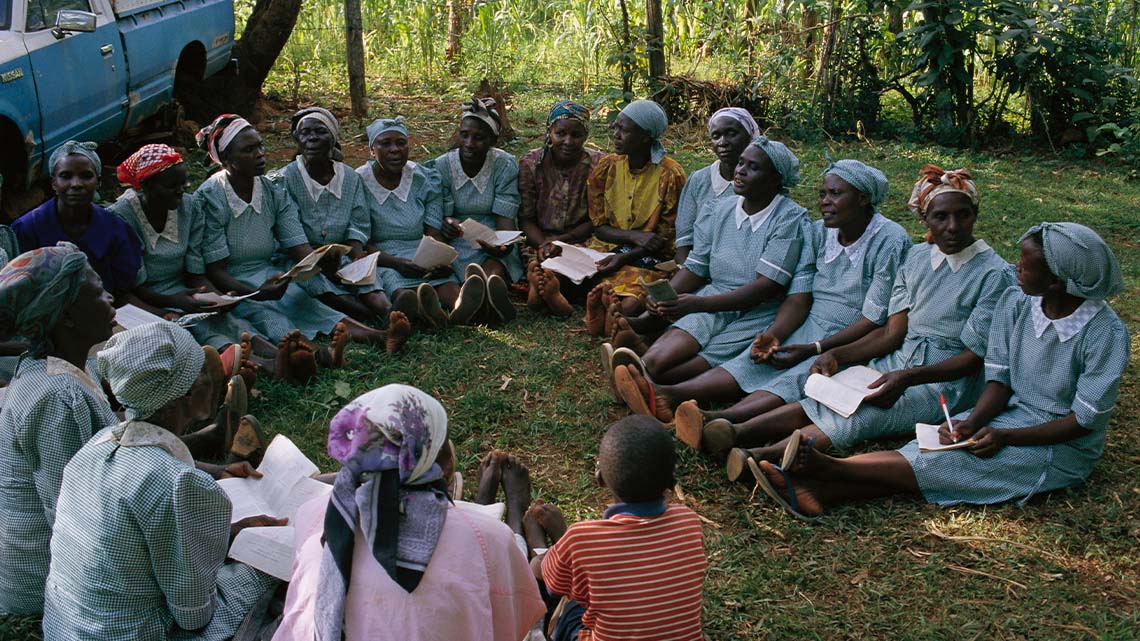
https://www.theguardian.com/world/2011/sep/26/wangari-maathai-nobel-winner-dies www.greenbeltmovement.org
After you have completed your research by exploring all four accordion tabs, record 2-3 new pieces of information you learned about each of the Green Belt Movement’s four areas of activism.
You may complete this task using the following fillable and printable document The Green Belt Movement. You can also record your findings on paper, digitally or as an audio recording.
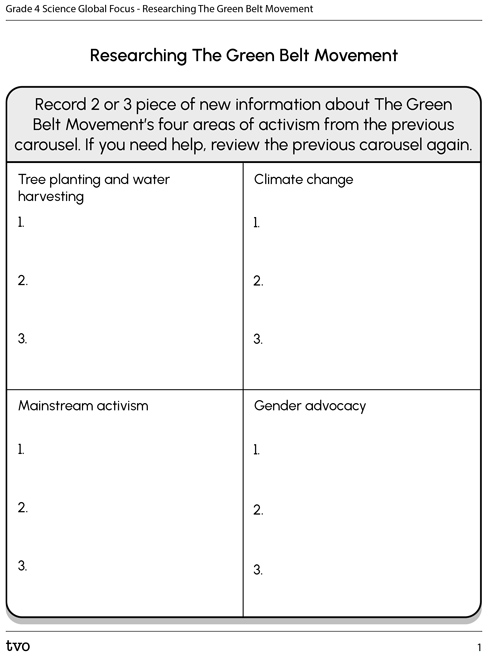
Press the Activity button to access the Researching The Green Belt Movement.
Activity (Open PDF in a new tab)Consolidation
Communities protecting forest habitats
Forests provide us with many important materials that support daily lives, and their habitats often need protection.
Throughout your research, you have explored the forest protection work done by Kenyan community activist Wangari Maathai and her organization the Green Belt Movement.
Reflect on how the Green Belt Movement has contributed to environmental science and conservation by answering the following questions:
- How does GBM use water to support reforestation in Kenya?
- How does GBM empower local communities to take action against climate change?
Record your reflection using a method of your choice.

Reflection
As you read through these descriptions, which sentence best describes how you are feeling about your understanding of this learning activity? Press the button that is beside this sentence.
I feel…
Now, record your ideas using a voice recorder, speech-to-text, or writing tool.